Wiha Measuring instruments
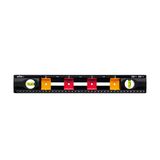
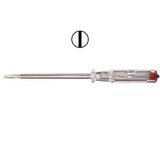
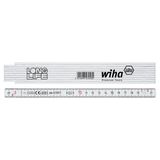

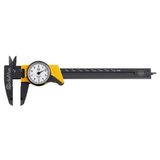




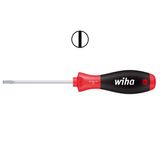

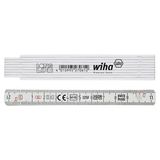
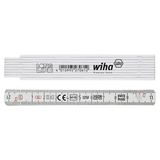
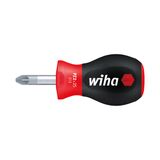
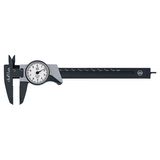


wiha measuring instruments overview for commissioning and service
This category brings together the meters crews actually use on control panels, MCCs and building services: handheld true-RMS units, slim clamp models for feeders, two-pole verification tools, and insulation/continuity sets. Wiha structures the range by job type (installation check, commissioning, diagnostics), safety category (CAT III/CAT IV) and kit format (bench rolls vs. van pouches). Typical buyers are panel shops, OEMs, utilities and MRO teams who need durable housings, consistent leads, and SKUs that stay available across refresh cycles.
wiha multimeters range and kits
Handheld units split into everyday service models for 24 V control rails, mid-tier instruments with frequency, duty cycle and temperature for drives and heaters, and logging variants for shift reports. Options include LoZ mode to kill ghost voltages, bargraph trend, min/max capture and backlit 6k–10k count displays. Clamp versions add AC/DC with inrush capture; slim jaws fit between TS35 rails and wire duct without pulling conductors. Procurement reality: buy meters as full kits—meter, silicone leads, croc clips, fuses, holster. Most returns stem from missing leads, not faulty meters.
wiha voltage detectors and safety testers
Two-pole testers confirm absence of voltage before work, with bright LEDs, LCD, and haptic feedback that you can feel through gloves. Phase rotation helps on motor swaps; single-pole phase indication speeds panel triage. Non-contact pens are handy for tray tracing, but procedures still want a two-pole result before you break torque seals. Stock one robust unit per van and another at each bench bay for FAT/SAT photos.
wiha current testers use cases and selection
Clamp instruments cover 400–1000 A ranges in AC, DC, or both. Use filtered modes near VFDs to tame switching noise; flexible Rogowski accessories wrap awkward busbars. Service teams standardise on a slim 400 A AC/DC clamp for cabinets and a larger one for mains; label them by serial for calibration records.
Key features and ordering specs that matter
- Safety. CAT III 600/1000 V for panels, CAT IV at service entrances; ceramic fuses on high-energy ranges.
- Readability. Backlit screens, bargraph, fast continuity beeper; hold and min/max for transient checks.
- Ergonomics. Soft-grip housings, anti-roll boots, compact clamps for dense bays.
- Durability. IP-rated shells, drop-tested corners; field-replaceable fuses and boots.
- Leads. Silicone insulation for cold rooms; right-angle tips for crowded I/O; standardized jacks across the fleet.
- Kitting. Van pouches that fit a DMM, clamp, two-pole tester and LOTO—one pick per technician.
Applications and compatibility
Use during cabinet build and QA, FAT/SAT, VFD commissioning, HVAC rooftops, pump stations and packaging lines. Many procurement lists group handhelds as wiha electrical meters to align calibration cycles. Gear lands beside push-in terminals, DIN rails and 24 V supplies; probe tips match standard terminal test points so you can measure without improvising adapters.
Integration with other brand products
Torque-set terminals hold after you verify pull-out; jacket strippers expose braid lengths that sit cleanly under shield clamps at gland plates; magnetic meter straps park safely on steel doors. When you standardise one lead system across handhelds and clamps, technicians stop hunting for compatible tips—faster diagnostics, fewer errors. For basket building, add ferrule assortments, marker sleeves, cable glands, PE bars and wire duct so crews can fix and document in one pass.
Selection criteria for B2B clients
- Work zone and CAT. Pick to the highest fault energy you’ll encounter; err up, not down.
- Function set. Service needs V/A/Ω, True-RMS and continuity; add temperature and low-ohm for drives and heaters.
- Form factor. Slim clamps for dense MCCs; large digits for dim plant rooms; pocket two-pole testers for LOTO steps.
- Throughput. Fast auto-range that doesn’t hunt; beep speed matters on big continuity days.
- Fleet logic. Serialized instruments, common leads and fuses; keep one spare lead set per five meters.
- Kit completeness. Order meter + leads + clips + fuses + holster + lockout—missing smalls cause site delays.
Advatages of working with Bankoflamps
You get individual B2B pricing and custom offers, a personal account manager and real-time EU stock visibility. Quotes return fast (≈1 hour). Ordering by EAN/MPN is straightforward with downloadable, always-current price lists. We provide lead-time tracking, order-status updates and purchase-history analytics, and—if approved—post-payment up to 30 days. We consolidate shipments to cut freight with stable, date-valid pricing, serving France, the Baltics, Germany, Spain, Italy, Belgium and the Netherlands.